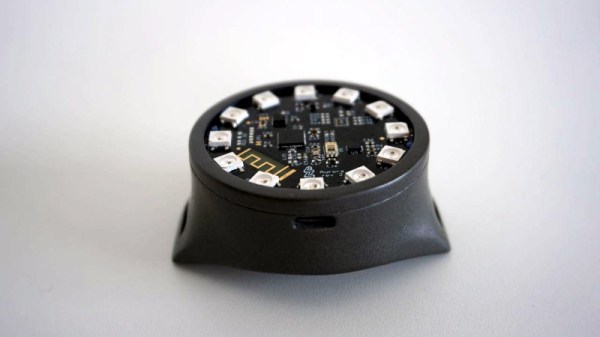Electric bikes may be taking the world by storm, but the world itself doesn’t have a single way of regulating ebikes’ use on public roads. Whether or not your ebike is legal to ride on the street or sidewalk where you live depends mostly on… where you live. If you’re lucky enough to live in a place where a bicycle is legally defined as having fewer than four wheels and capable of being powered by a human, though, this interesting bike from Russia might be the best homemade ebike we’ve ever seen. (Video embedded below the break.)
While some of the details of this build might be lost on those of us who do not know any Slavic languages, the video itself shows off the features of this electric vehicle build quite well. It has a custom built frame with two wheels up front, each with its own independent suspension, allowing it to traverse extremely rough terrain with ease even a mountain bike might not be able to achieve. It seems to be powered by a relatively simple rear hub in the single rear wheel, and can probably achieve speeds in the 20 km/h range while holding one passenger and possibly some cargo.
The impressive part of this build isn’t so much the electrification, but rather the suspension components. Anyone looking for an offroad vehicle may be able to take a bit of inspiration from this build. If you’re more interested in the drivetrain, there are plenty of other vehicles that use unique electric drivetrains to check out like this electric boat. And, if you happen to know Russian and see some other interesting details in this build that the native English speakers around here may have missed, leave them in the comments for us.
Continue reading “Russian EBike Goes Everywhere, Possibly Legal”






















